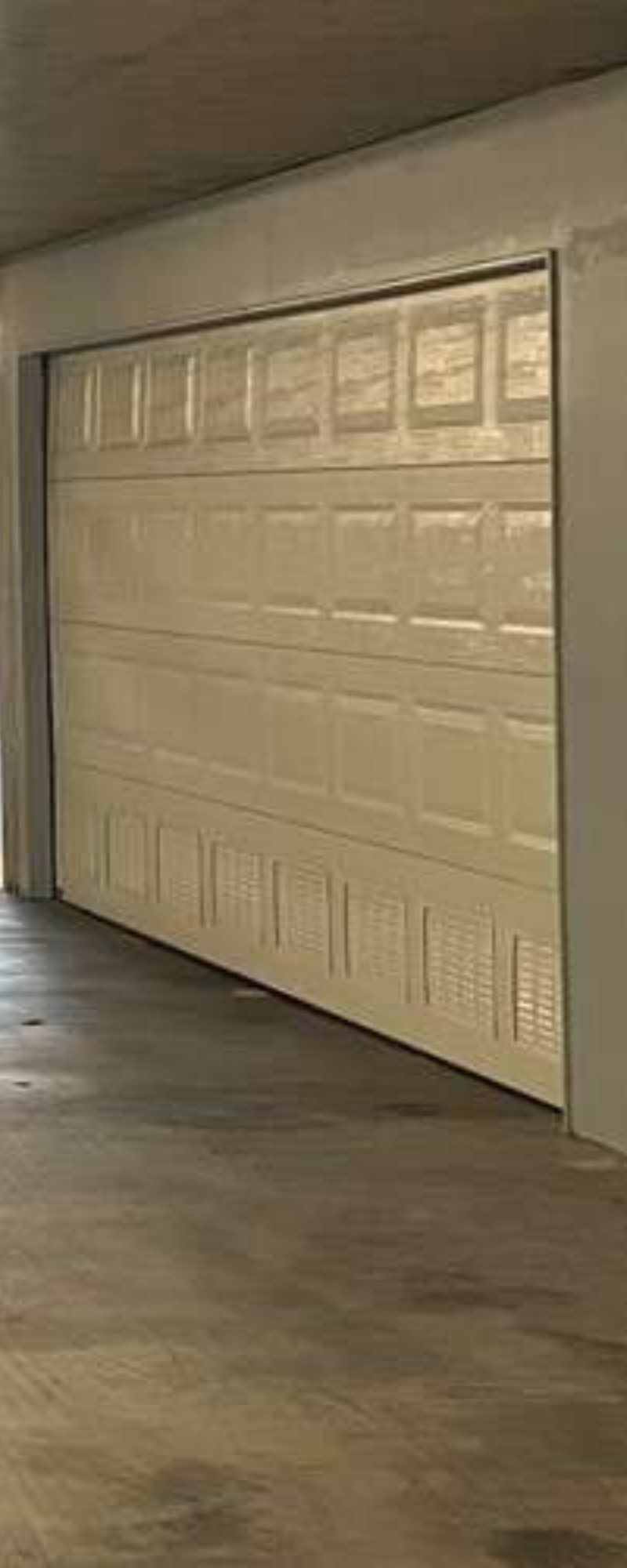Introduction
Garage doors are often taken for granted. We close them without a second thought and rely on our garage door opener to work seamlessly every time we need it. However, like any mechanical device, garage door openers can wear out over time. Recognizing the signs that indicate it’s time for a new opener installation is crucial to ensuring the safety and functionality of your home. In this article, we'll explore the various indicators that suggest you may need to replace your garage door opener. From unusual noises to operational issues, understanding these signs can save you both hassle and money in the long run.
Signs That Indicate It’s Time for a New Opener Installation
A garage door opener is vital for the smooth operation of your garage door. But how do you know when it's time to replace it? Here are some key signs to look for:
1. Unusual Noises While Operating
If your garage door opener begins making strange sounds—such as grinding, screeching, or popping—it might be time for an upgrade.
Why Are These Noises Important?
Strange noises can indicate worn-out gears or loose components within the opener system, which could lead to complete failure if not addressed promptly.
2. The Garage Door Won't Close Properly
One of the most frustrating issues homeowners face is when their garage door won’t close completely.
What Causes This Issue?
This issue may stem from faulty sensors or wiring problems in the opener itself. If troubleshooting fails and the problem persists, consider installing a new unit.
3. Frequent Breakdowns
If you find yourself repeatedly calling for garage door service Moreton Bay due to frequent malfunctions, it might be more cost-effective to invest in a new system.
How Much Maintenance Is Too Much?
If repairs occur multiple times within a year, replacing your opener could save you money in repair bills over time.
4. Age of the Opener
Most garage door openers have a lifespan of about 10-15 years. If yours is older than that, it may be time to consider replacement.
Why Aging Matters?
Older models may not only fail more frequently but also lack modern safety features that newer models offer.
5. Inconsistent Performance
Have you noticed that your garage door opens faster one day and slower another?
What Does This Mean?
Inconsistent performance indicates internal issues with the mechanism that could lead to potential hazards if left unchecked.
6. Safety Features Not Functioning Properly
Modern openers come equipped with safety features like automatic reversal systems and photoelectric sensors.
Why Are Safety Features Important?
If these features are malfunctioning, they pose serious risks of injury or damage to vehicles and belongings stored in the garage.
7. Remote Control Malfunctions
Are you experiencing issues with your remote control not working consistently?
What Could This Indicate?
This could be an issue stemming from either the remote itself or from internal components in the opener that control its communication with the remote.
8. Signs of Wear and Tear on Components
Inspecting your opener regularly is crucial; visible signs of wear on parts such as belts or chains can suggest it's nearing end-of-life.
What Should You Look For?
Cracks, fraying cables, or rusted parts can indicate that an upgrade is necessary sooner rather than later.
9. Power Issues with Your Opener
Does your garage door occasionally refuse to respond even though power is available?
How Do Power Issues Affect Performance?
Fluctuations in power might signify deeper electrical issues within your home or with the opener itself—which could necessitate replacement.
10. Upgrading for Smart Home Integration
With technology continually evolving, many homeowners opt for smart openers that integrate seamlessly with home automation systems.
Why Consider Upgrading?
If you're looking to modernize your home and improve convenience through smart technology, upgrading your garage door opener makes sense!
Understanding Garage Door Spring Mechanisms
1. The Role of Garage Door Springs
Garage doors rely heavily on springs for balance and effective operation.
How Do Springs Work?
When functioning properly, springs allow heavy doors to lift easily through tension that counteracts gravity's pull.
2. Signs That Indicate Spring Failure
Springs usually need replacement after several years due to stress from constant use.
- Look out for: Visible gaps between coils Difficulty lifting or closing doors
The Importance of Regular Garage Door Service
1. Why Routine Maintenance Matters
Regular servicing can prevent costly repairs down the line while ensuring optimal performance.
- Schedule check-ups at least once a year!
2. Choosing Professional Garage Door Service
Hiring qualified professionals guarantees thorough inspections and quality replacements.

- What should you ask before hiring? Experience? Warranties offered?
FAQs
1. How do I know if my garage door opener needs replacing?
Look out for unusual noises, inconsistent performance, or age-related concerns over ten years old.
2. Can I repair my garage door opener myself?
While minor repairs are possible, major malfunctions require professional help—especially those involving electrical components!
3. What factors affect how long my opener will last?
Factors include usage frequency and maintenance practices—regular checks extend lifespan significantly!
4. Are new openers safer than older models?
Absolutely! Modern designs include enhanced safety https://impactdoors.net.au/garage-door-repair/moreton-bay/joyner-qld/ features like automatic reversals—a must-have!
5. What should I do if my remote stops working suddenly?
First check batteries; if they’re fine but still non-functional—consider replacing either remote or entire system as needed based on age/malfunction history!
6. How much does it typically cost to install a new garage door opener?
Costs vary widely depending on model choice & installation labor—but generally range from $200-$600 including parts/labor fees!
Conclusion
Understanding “Signs That Indicate It’s Time for a New Opener Installation” helps maintain not just convenience but also safety at home! By being aware of symptoms signaling malfunction—from strange noises down through tech integration—you’ll be well-equipped catching issues before they escalate into larger problems down-the-line! So keep an eye (and ear) out; timely action saves money while ensuring peace-of-mind living!